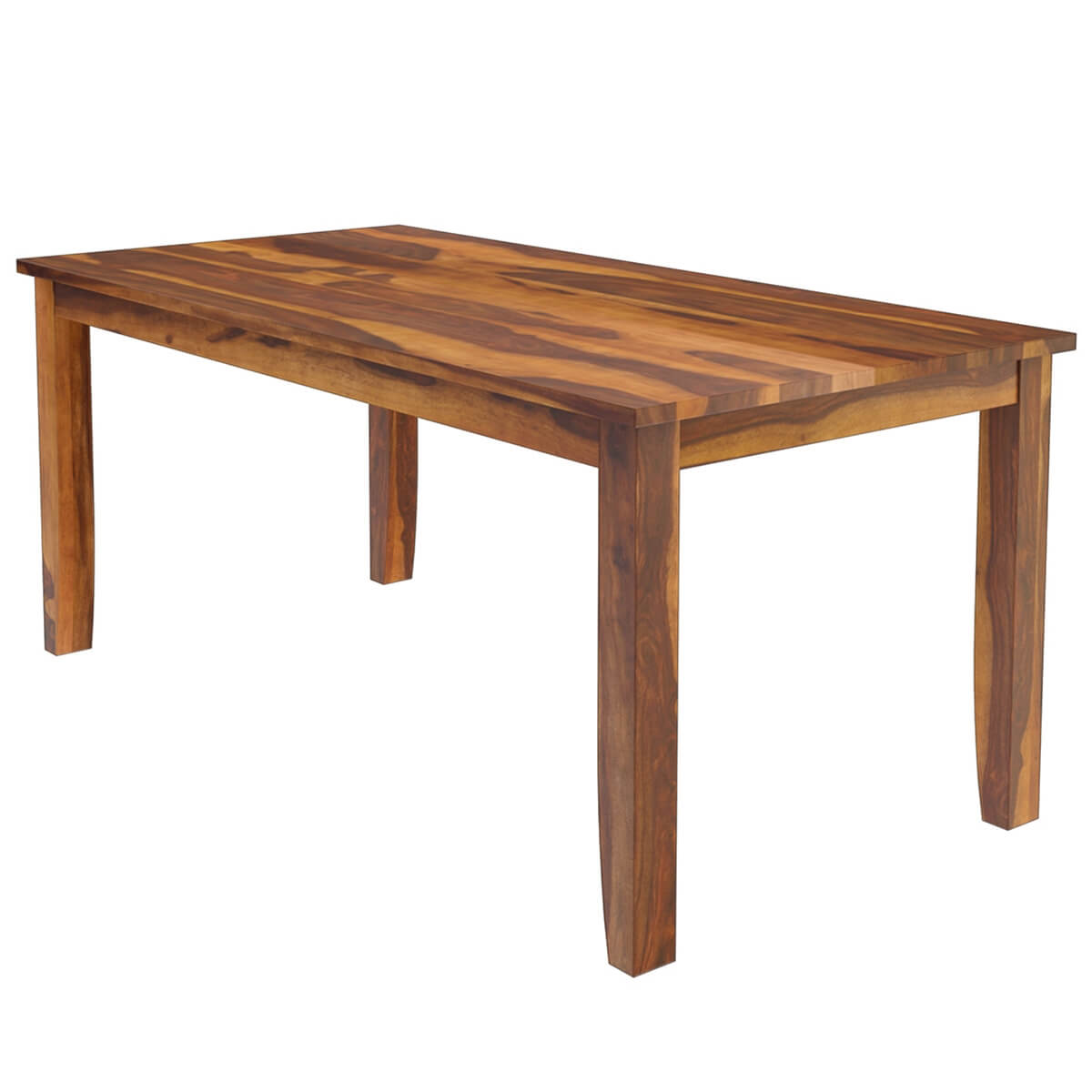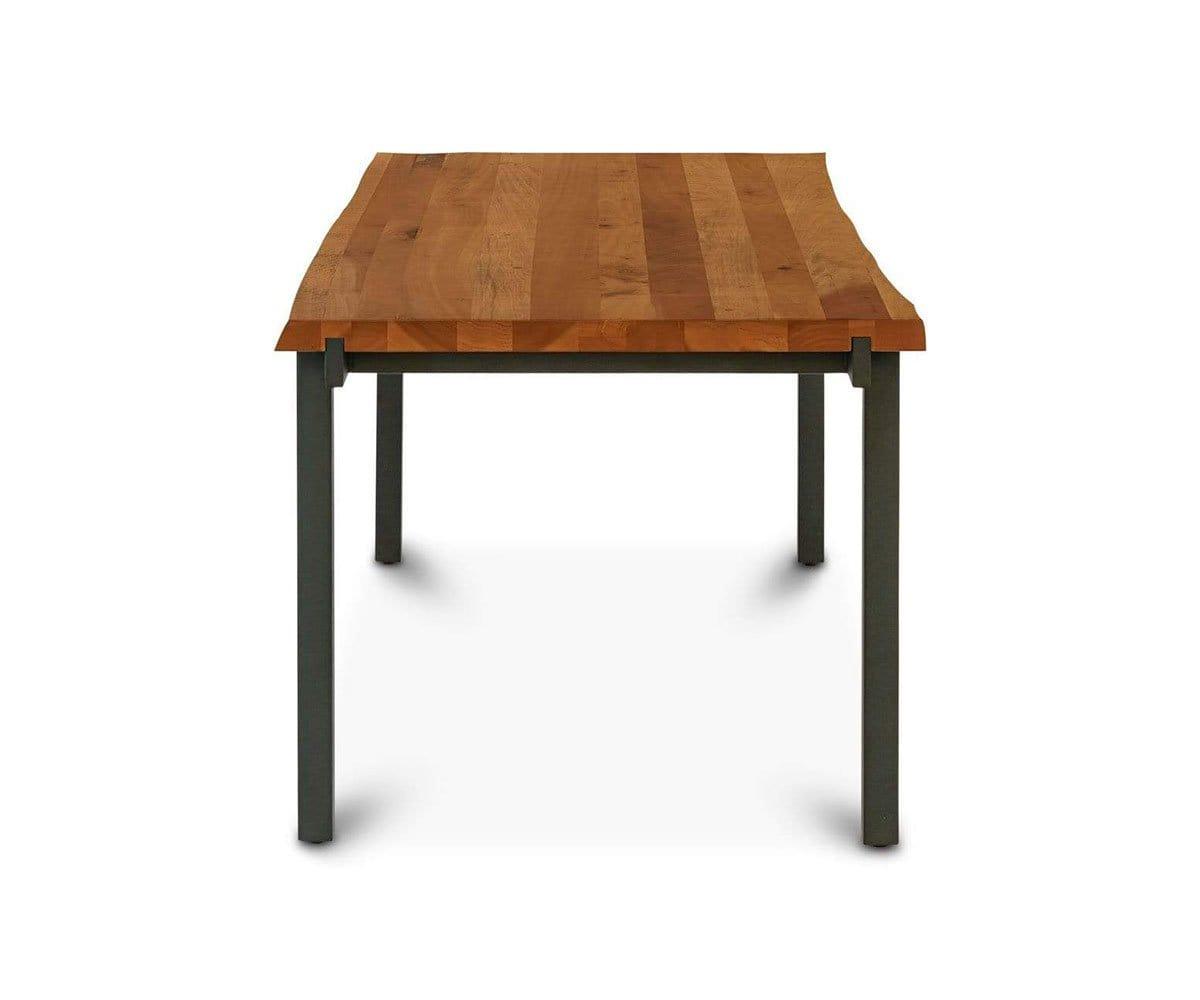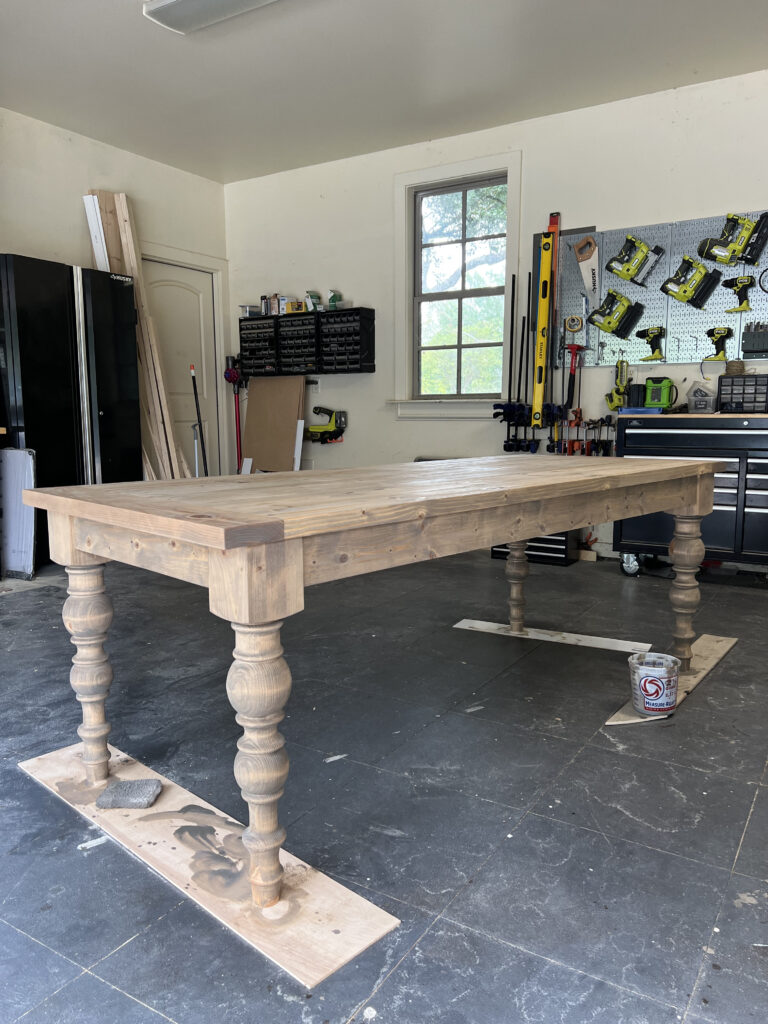Raise Your Dining Room with Sophisticated Dining Table Legs Wood Designs
Discovering the Different Sorts Of Table Legs Wood for Your Eating Space
The choice of dining table legs wood can exceptionally affect both the visual and practical high qualities of your dining space. Solid wood alternatives, such as oak and walnut, supply a timeless look with unequaled sturdiness, while engineered wood choices use innovative designs that imitate the richness of natural grains.
Solid Wood Options

Unlike crafted products, solid wood is less vulnerable to bending and damages over time when appropriately preserved. Each piece of solid wood is one-of-a-kind, showcasing specific features that include to the appeal and character of the dining table.
In addition, solid wood can be ended up in countless means, varying from natural oils to stained finishes, permitting home owners to personalize their furniture to match their design. In recap, choosing solid timber for dining table legs not only makes certain architectural stability but additionally boosts the visual appeal of the eating area, making it a worthwhile financial investment for any type of home.
Engineered Wood Alternatives

Plywood, built from multiple layers of timber veneer, is especially strong and steady, making it a superb selection for dining table legs. Its split structure allows it to stand up to changes in moisture and temperature far better than conventional strong wood. MDF, on the various other hand, offers a smooth surface area for painting or veneering, allowing developers to achieve a sleek look while keeping structural honesty.
When picking crafted timber choices, it is essential to consider the intended use and desired aesthetic. These materials not only boost the capability of eating rooms yet additionally permit for better layout adaptability, making certain that typical and modern designs can exist together harmoniously.
Reclaimed Wood Features
Recovered wood supplies a distinct blend of sustainability and personality, making it a significantly preferred option for dining table legs. Sourced from old barns, factories, and various other frameworks, recovered wood embodies a history that new materials merely can not reproduce. Each piece carries its very own story, marked by distinctive flaws, knots, and varying grain patterns, which contribute to a table's one-of-a-kind visual appeal.
Along with its aesthetic appeal, reclaimed timber is an ecologically friendly alternative. By repurposing formerly used products, it decreases the need for brand-new lumber, thus aiding to save woodlands and lessen waste. This straightens with a growing customer preference for lasting methods in furnishings.
Furthermore, redeemed wood is frequently a lot more durable than recently collected timber due to its age. The all-natural drying out procedure that recovered wood undergoes lead to a denser and stronger product, making it much less at risk to bending and splitting. This enhances the durability of eating tables, allowing them to withstand the rigors of everyday usage.
Softwood vs. Hardwood
When picking table legs, understanding the differences in between softwood and hardwood is important for achieving both useful and aesthetic goals. Softwoods, acquired from coniferous trees, such as ache and cedar, are characterized by their lighter weight and simplicity of manipulation. They normally display a more rustic look, making them ideal for casual or country-style eating spaces. However, Your Domain Name softwoods are usually less sturdy than hardwoods, which can be a consideration for family members or those looking for durability in their furniture.
On the various other hand, woods, sourced from deciduous trees like oak, maple, and cherry, are renowned for their density, toughness, and longevity. The complex grain patterns and abundant shades of hardwoods provide a timeless and innovative appeal, making them suitable for formal eating setups. While woods have a tendency to be much more costly and larger, their resilience versus damage often validates the financial investment.
Ultimately, the choice in between softwood and wood for dining table legs should align with your style vision, use demands, and budget plan, ensuring that your eating area shows your individual design while remaining useful in time.

Therapies and finishes
The visual charm and longevity of table legs can be dramatically enhanced Read Full Article through different coatings and treatments. These procedures not only protect the timber from damage however likewise raise its appearance, enabling it to complement diverse interior designs.
One typical treatment is staining, which penetrates the wood and improves its all-natural grain while including color. Stains give an abundant, sophisticated look, allowing property owners to match their furniture with existing style. Alternatively, clear finishes such he has a good point as polyurethane or varnish produce a protective layer without modifying the timber's initial tone, making certain longevity versus wear and tear.
In addition, natural oils, like tung or linseed oil, nurture the wood and offer a refined sheen, all while being eco-friendly. These oils permit the surface to take a breath, stopping moisture build-up and potential bending.
For those seeking a rustic appeal, weather-beaten or distressed coatings can be put on develop an aged look, adding personality to the piece. Inevitably, the choice of coatings and treatments depends on individual preference, preferred visual appeals, and the details wood type, making it important to take into consideration these factors when picking eating table legs for your space.
Verdict
Strong timbers, crafted choices, and redeemed alternatives each deal distinctive benefits, providing to various choices and requirements. Eventually, the selection of timber kind need to straighten with wanted design, longevity, and ecological factors to consider, improving the general eating experience.
The option of dining table legs wood can profoundly influence both the visual and useful high qualities of your dining room - Dining Table Legs Wood. Strong wood options, such as oak and walnut, offer a classic appearance with unparalleled longevity, while crafted wood alternatives offer cutting-edge layouts that imitate the richness of all-natural grains. Strong wood supplies an ageless quality that can elevate the total style of a dining room. Each piece of solid timber is distinct, showcasing specific attributes that add to the beauty and character of the dining table
Moreover, reclaimed timber is typically more long lasting than newly harvested wood due to its age.